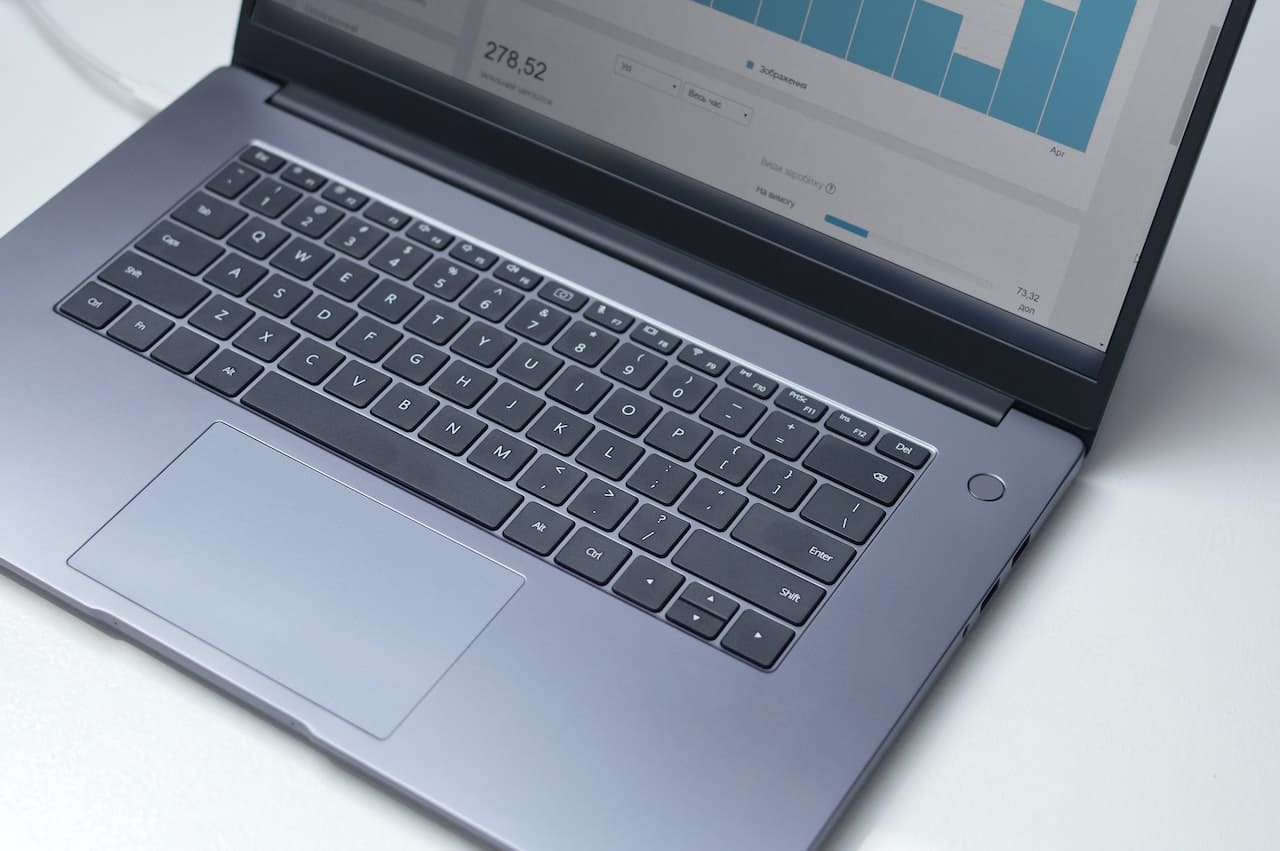In the digital age, websites have become an integral part of our lives, serving as gateways to information, services, and interactions. As the online landscape continues to expand, the importance of ensuring that websites are accessible to all users, regardless of their abilities, cannot be understated. This is where the concept of web accessibility comes into play. Among the various platforms used for web development, WordPress stands out as a popular choice due to its user-friendly interface and robust features. In this article, we will delve into the crucial role of accessibility in designing WordPress websites that cater to the needs of all users.
Understanding Web Accessibility
Web accessibility refers to the practice of designing and developing websites in a way that ensures people with disabilities can access, perceive, understand, and interact with the content effectively. Disabilities can encompass a wide range of conditions, including visual, auditory, motor, and cognitive impairments. An accessible website strives to remove barriers that might hinder these users from utilizing the site’s features and information.
Legal and Ethical Imperatives
Ensuring web accessibility isn’t just a matter of user convenience; it is also a legal requirement in many countries. Laws like the Americans with Disabilities Act (ADA) in the United States and the Web Accessibility Directive in the European Union mandate that websites, including those built on platforms like WordPress, must be accessible to individuals with disabilities. Failing to comply with these regulations could result in legal consequences and reputational damage.
Moreover, embracing web accessibility aligns with ethical principles of inclusion and equal opportunity. The internet has the potential to bridge gaps and provide equitable access to information for everyone. By designing websites with accessibility in mind, we contribute to a more inclusive digital society.
The WordPress Advantage
WordPress, originally conceived as a blogging platform, has evolved into a versatile content management system (CMS) that powers over a third of the web. Its widespread use can be attributed to its user-friendly interface, customizable themes, and a vast array of plugins that extend its functionality. When it comes to web accessibility, WordPress offers several advantages that make it an ideal choice for building inclusive websites.
1. Themes with Accessibility Features
WordPress offers a wide selection of themes, many of which are designed with accessibility principles in mind. These themes often come with features such as optimized typography, color contrast settings, and responsive layouts that adapt to different screen sizes. Developers can choose a theme that aligns with their project’s accessibility goals, saving time and effort in implementing these features from scratch.
2. Plugin Support for Accessibility
One of the standout features of WordPress is its extensive plugin ecosystem. Plugins are add-ons that can enhance the functionality of a website without requiring intricate coding skills. When it comes to accessibility, WordPress boasts plugins that can perform tasks such as generating alternative text for images, adding captions to videos, and ensuring proper heading hierarchy.
3. Content Management Made Accessible
WordPress separates content from design, allowing developers and content creators to work collaboratively. This separation benefits accessibility efforts, as content can be structured with semantic HTML elements that enhance screen reader compatibility. Additionally, the platform’s built-in editor enables the creation of accessible content, like properly formatted headings, descriptive links, and alternative text for images.
4. Responsive Design by Default
In today’s multi-device landscape, responsive web design is paramount. WordPress themes are designed with responsiveness in mind, ensuring that websites look and function well on various devices, from desktop computers to smartphones. This responsiveness is a crucial aspect of accessibility, as it accommodates users who rely on assistive technologies or have varying levels of visual acuity.
Implementing Accessibility in WordPress Websites
Designing an accessible WordPress website involves a combination of technical practices, user-centric design, and continuous testing. Here are some key steps to consider:
1. Choose an Accessible Theme
When selecting a theme for your WordPress website, prioritize those that explicitly mention accessibility features. Look for themes that adhere to web content accessibility guidelines (WCAG) and include features like customizable color schemes, readable typography, and navigation structures optimized for keyboard users.
2. Customize with Care
While themes offer predefined layouts and styles, customization is often necessary to align the website’s design with your brand. During customization, ensure that changes maintain or enhance the theme’s accessibility features. Avoid low-contrast color combinations, overly complex layouts, and design elements that hinder keyboard navigation.
3. Optimize Media for Accessibility
Images, videos, and other media elements should be optimized for accessibility. Provide descriptive alternative text for images, captions and transcripts for videos, and ensure that interactive elements are keyboard accessible. WordPress plugins can assist in generating alternative text and adding captions, streamlining this process.
4. Create Accessible Content
In the realm of web accessibility, content emerges as the cornerstone of inclusivity. The words, images, and structures you weave together shape the digital landscape’s accessibility. This endeavor revolves around embracing the tenets of semantic HTML. By employing these structural elements for headings, lists, and other vital components, you create a cohesive narrative that not only resonates visually but also offers a tangible structure for assistive technologies like screen readers, ensuring that the content’s essence is comprehensible to all.
The art of accessible content goes beyond mere words—it’s intricately linked to how users interact with the online environment. Crafting descriptive link text transcends the conventional notion of hyperlinks. It empowers users with disabilities to grasp the purpose of links effortlessly, enhancing navigation and comprehension. Additionally, sidestepping the exclusive use of color as an information conveyance ensures that content remains intelligible to individuals who perceive the digital realm through diverse lenses.
Navigating these accessibility avenues is seamlessly facilitated by WordPress’s built-in editor, a versatile tool that not only streamlines content creation but also empowers you to infuse each element with inclusivity. By aligning content creation with accessibility principles, you pave a digital pathway where everyone can engage, interact, and glean insights from your content—irrespective of their abilities or limitations.
5. Prioritize Keyboard Navigation
Recognizing the diverse ways users interact with digital interfaces, it’s crucial to prioritize keyboard navigation as a fundamental aspect of web accessibility. Acknowledge that some users rely solely on keyboards for navigation due to physical limitations or other factors. To ensure inclusivity, meticulously design your website to be operable and navigable using keyboard commands alone. Conduct thorough tests to verify the efficacy of tab navigation, focus indicators, and the functionality of interactive elements like forms. By providing a seamless keyboard-driven experience, you extend your website’s reach to those who depend on alternative navigation methods.
6. Conduct Accessibility Testing
To cultivate a truly inclusive online environment, regular accessibility testing is paramount. Employ dedicated tools such as the WAVE Web Accessibility Evaluation Tool, which meticulously scans your website for potential accessibility issues. Additionally, engage with screen readers to simulate the experience of users with visual impairments. This immersive testing process unveils potential barriers, whether in the form of errors, warnings, or usability hurdles. By systematically addressing these issues, you embark on a journey of continual improvement, progressively enhancing the accessibility and usability of your website.
7. Stay Updated with Best Practices
The realm of web accessibility is dynamic, marked by constant evolution and refinement. To remain at the forefront of accessibility, it’s essential to stay informed about the latest best practices, guidelines, and tools that pertain to this evolving landscape. Stay engaged with the WordPress community, which frequently releases updates and resources aimed at assisting developers and designers in their pursuit of creating more accessible websites. By aligning your practices with the latest insights, you ensure that your efforts not only meet current accessibility standards but also contribute to the collective endeavor of making the digital world more inclusive for all users.
The Impact of Accessible Design
Investing in web accessibility not only ensures compliance with legal requirements but also has far-reaching positive effects.
1. Expanded Audience Reach
An accessible website isn’t just about catering to specific needs; it’s about opening up your content to a wider audience. By ensuring that individuals with disabilities can access your site, you tap into an often underserved market. This inclusivity can lead to increased traffic, engagement, and even conversions. Consider a visually impaired user navigating your website through a screen reader. An accessible site provides clear headings and alternative text for images, allowing them to understand and engage with your content effectively.
2. Enhanced User Experience
Accessibility improvements often result in an improved user experience for everyone. When you prioritize clear navigation and organized content, it benefits all users. A well-structured website with proper headings makes it easier for visitors to find what they’re looking for. Plus, responsiveness ensures that your site looks good and functions well on various devices. This smooth experience encourages visitors to stay longer and explore more.
3. Improved SEO
Web accessibility and search engine optimization (SEO) go hand in hand. Practices like providing descriptive alt text for images and using semantic headings not only aid users with disabilities but also make your site more search engine-friendly. These efforts enhance your site’s visibility and discoverability on search engines, potentially attracting a larger audience.
4. Positive Brand Image
Prioritizing accessibility showcases your commitment to inclusivity and sends a positive message about your brand’s values. Users appreciate businesses that consider diverse needs and create an inclusive digital space. This can build trust and foster a sense of goodwill, leading to better user engagement and even recommendations.
5. Reduced Legal Risks
By adhering to accessibility standards, you mitigate the risk of legal consequences related to web accessibility violations. Compliance safeguards your brand’s reputation and resources, ensuring that you’re on the right side of the law and demonstrating your commitment to serving all users.
Conclusion
In an era where the digital realm is becoming increasingly intertwined with our daily lives, designing websites that cater to all users is not just a choice but a responsibility. WordPress, with its user-friendly interface and adaptable framework, offers a powerful platform for creating accessible websites that break down barriers and provide equal



















